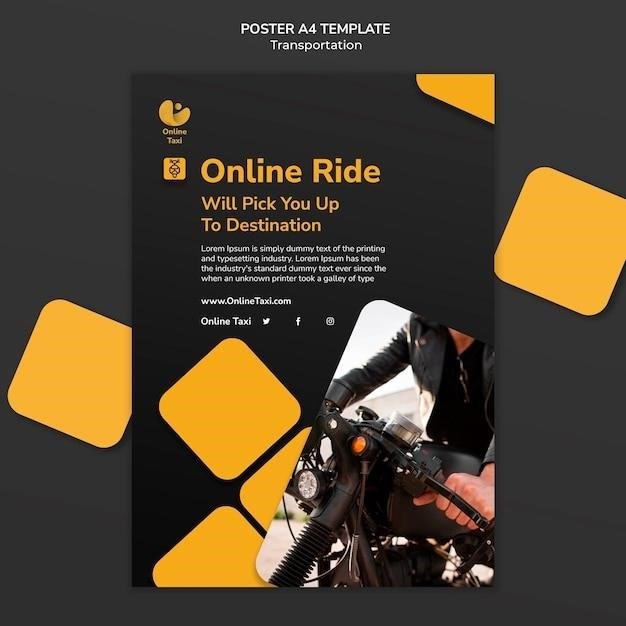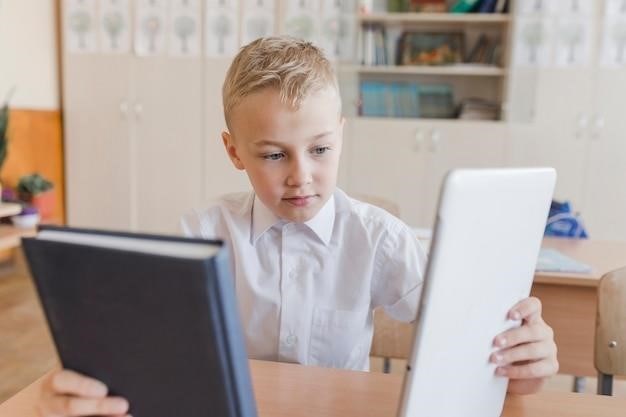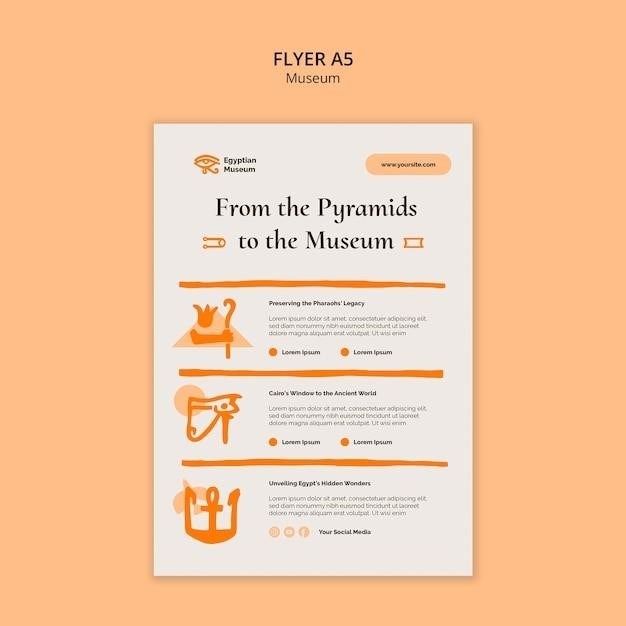The Importance of Student Self-Reflection
Self-reflection is a critical skill for students of all ages. It allows them to take ownership of their learning, identify their strengths and weaknesses, and develop strategies for improvement. By regularly reflecting on their experiences, students can gain a deeper understanding of their own learning process and become more effective learners.
Benefits of Self-Reflection
Self-reflection offers numerous benefits for students, empowering them to become more engaged and successful learners. By taking the time to reflect on their experiences, students gain valuable insights into their strengths, weaknesses, and areas for improvement. This process fosters self-awareness, leading to a deeper understanding of their learning styles, preferences, and challenges. Moreover, self-reflection promotes critical thinking and problem-solving skills as students analyze their approaches, identify patterns, and develop strategies for overcoming obstacles. It also encourages a sense of ownership over their learning, fostering responsibility and motivation to strive for excellence. Ultimately, self-reflection empowers students to become active participants in their educational journey, leading to greater academic success and personal growth.
Types of Self-Reflection Questions
Self-reflection questions can be categorized into different types, each serving a distinct purpose in helping students gain insights about their learning process. Backward-looking questions focus on past experiences and help students analyze what they have learned and how they have progressed. Forward-looking questions encourage students to set goals and consider how they can apply their learning to future situations. Process-oriented questions delve into the specific steps students took during a task or project, allowing them to examine their strategies and identify areas for improvement. Each type of question provides a unique perspective, contributing to a comprehensive understanding of the student’s learning journey.
Self-Reflection Questions for Students
Here are some specific self-reflection questions that can be used to guide students in their reflective practices.
Backward-Looking Questions
Backward-looking questions encourage students to reflect on their past experiences and learning. These questions help them to identify what they have learned, how they have grown, and what challenges they have faced. Here are some examples of backward-looking questions⁚
- How much did you know about the subject before we started?
- What process did you go through to produce this piece?
- What were the biggest challenges you faced in this assignment?
- What were your biggest successes in this assignment?
- What did you learn about yourself as a learner during this process?
By asking these questions, students can gain valuable insights into their own learning and identify areas where they can improve.
Forward-Looking Questions
Forward-looking questions help students to think about the future and how they can apply their learning to new situations. These questions encourage them to set goals, develop plans, and take action. Here are some examples of forward-looking questions⁚
- What are your goals for the next unit of study?
- How can you use what you learned in this assignment to improve your future work?
- What steps can you take to improve your understanding of this topic?
- How can you apply what you learned to a real-world situation?
- What are your plans for developing your skills in this area?
By asking these questions, students can develop a sense of purpose and direction for their learning.
Process-Oriented Questions
Process-oriented questions focus on the steps and strategies students used to complete a task or assignment. These questions encourage students to analyze their own learning process and identify areas for improvement. Here are some examples of process-oriented questions⁚
- What strategies did you use to complete this assignment?
- What challenges did you face during the process?
- How did you overcome these challenges?
- What resources did you use to help you learn?
- What steps could you have taken to make the process more efficient?
By reflecting on their process, students can gain valuable insights into their learning habits and develop more effective strategies for future assignments.

Using Self-Reflection Questions in the Classroom
Self-reflection questions can be effectively integrated into the classroom to enhance student learning and development.
Creating a Reflective Learning Environment
A key aspect of fostering self-reflection is creating a supportive and conducive learning environment. This involves establishing a culture of open communication, where students feel comfortable sharing their thoughts and perspectives without fear of judgment. Teachers can encourage reflection by modeling reflective practices themselves, sharing their own learning journeys and challenges. Creating opportunities for students to engage in meaningful discussions and group reflections, where they can listen to and learn from each other’s experiences, can further enhance the reflective process. By providing regular opportunities for reflection, both individually and collectively, teachers can cultivate a classroom where students are empowered to become active participants in their own learning, leading to deeper understanding, growth, and a greater sense of ownership over their educational journey.
Integrating Self-Reflection into Assignments
Integrating self-reflection into assignments can effectively encourage students to think critically about their learning process. This can be achieved by incorporating reflective prompts or questions directly into assignments, such as asking students to analyze their thought process, identify challenges they encountered, and reflect on how they could have approached the task differently. Teachers can also encourage reflection by providing opportunities for students to share their work with peers and receive constructive feedback, fostering a collaborative and supportive learning environment; By making reflection an integral part of assignments, students are prompted to engage in meaningful self-assessment, leading to a deeper understanding of their strengths, weaknesses, and areas for improvement.
Facilitating Group Reflections
Group reflections can be a powerful tool for fostering a collaborative learning environment and encouraging students to share their perspectives and insights. By facilitating group discussions, teachers can create a space for students to engage in meaningful conversations about their learning experiences. This can involve asking open-ended questions that encourage students to reflect on their individual and collective learning, identify challenges they faced, and brainstorm solutions together. Group reflections also provide opportunities for students to learn from each other’s experiences, develop empathy, and build strong relationships. By promoting a culture of reflection and collaboration, teachers can empower students to become active participants in their learning journey.
Resources for Student Self-Reflection
There are a variety of resources available to support students in their self-reflection journey, including free PDF downloads, online tools, and helpful tips.
Free PDF Downloads
The internet offers a wealth of free resources to help students engage in meaningful self-reflection. Numerous websites and educational platforms provide downloadable PDF documents containing a wide range of reflection questions tailored to different subjects, grade levels, and learning styles. These PDFs can serve as valuable tools for educators and students alike, providing structured prompts for reflection and fostering a deeper understanding of learning processes. For instance, searching for “student reflection questions PDF” on the internet will yield a multitude of results, offering ready-made templates for reflection on various topics, from personal growth to academic performance. These resources can be easily adapted to suit individual needs and can be used in a variety of settings, from classrooms to individual study sessions.
Online Tools and Platforms
Beyond downloadable PDFs, the digital landscape offers a plethora of interactive online tools and platforms designed specifically to facilitate student self-reflection. These platforms often feature a variety of features such as pre-designed reflection prompts, journaling tools, and progress tracking mechanisms. Some platforms even allow students to share their reflections with peers or instructors, fostering a collaborative learning environment. These online resources offer a more dynamic and engaging approach to self-reflection, encouraging students to actively participate in the process. For instance, platforms like “Reflection.app” provide a structured framework for students to reflect on their learning experiences, offering prompts, a digital journal, and the ability to set goals. These platforms provide a convenient and accessible means for students to engage in meaningful reflection, potentially enhancing their learning outcomes.
Tips for Effective Self-Reflection
Making self-reflection a valuable practice for students requires more than just asking questions. Effective self-reflection demands a thoughtful approach. Students should be encouraged to carve out dedicated time and a quiet space for reflection, free from distractions. Encouraging them to be honest and specific in their responses is crucial, as vague answers will offer little insight. Additionally, students should be prompted to delve beyond surface-level observations, exploring the underlying reasons for their thoughts and feelings. Connecting their reflections to specific learning experiences, such as a particular assignment or classroom discussion, can provide valuable context. Finally, students should be encouraged to view self-reflection as an ongoing process, not a one-time event. Regularly revisiting their reflections and identifying patterns can help them understand their progress and refine their learning strategies.



